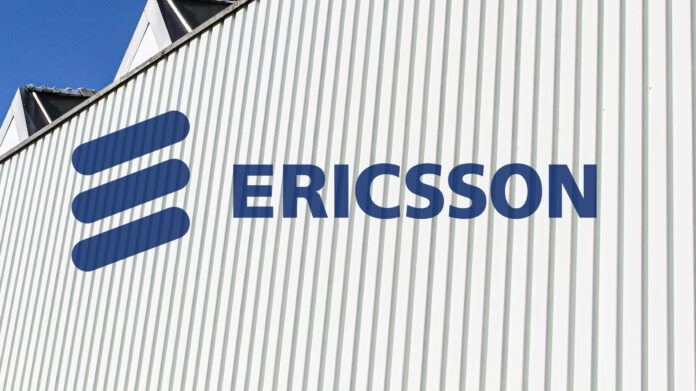Ericsson noted that the project will run in parallel with the deployment of Ericsson-powered 5G Standalone in rural areas of Spain
Ericsson and MasOrange, Spain’s largest mobile operator as a result of the merger between local carriers Orange Spain and Masmovil, have announced a major five-year Open RAN-ready future-network partnership.
Under the terms of the deal, Ericsson will integrate Orange Spain’s and Masmovil’s existing networks. This will include supporting the consolidated MasOrange network through high-performing and sustainable network solutions designed for an increasingly open architecture, the Swedish vendor said.
Starting in October 2024, the project will run in parallel with the deployment of Ericsson-powered 5G Standalone (5G SA) in rural areas of Spain.
When complete, the project will equip MasOrange with one of the most extensive and modern 5G SA mobile networks in Europe, enabling it to provide enhanced 5G services to subscribers throughout the country, according to the Swedish vendor.
Meinrad Spenger, CEO of MasOrange, said: “This collaboration with Ericsson represents a decisive moment not only for MasOrange, but also for European telecommunications industry as a whole and for the Spanish market, as we lead the development of Open RAN and we lay the foundation for an open and programmable mobile infrastructure that will drive technological advances and sustainable growth.”
“With this agreement we look at the future where high-performance and differentiated networks will be key to digitalizing enterprises and society. Our vision for the industry is based on open and programmable networks with capabilities that are exposed through network APIs and leveraged by an ecosystem of developers – driving rapid innovation and growth,” said Jenny Lindqvist, SVP and head of market area Europe and Latin America at Ericsson.
As part of the deal MasOrange will enhance its network capabilities using Ericsson Radio System products as well as Core solutions. The deal will include extensive deployment of 5G Massive MIMO Time Division Duplex (TDD) technology. This uses many antenna elements to send and receive data at the same time, boosting network capacity and user experience for MasOrange 5G customers.
The project will also include network optimization and densification – the process of adding more network nodes and sites to increase network performance, coverage and capacity, Ericsson added.
The telco said it plans to continue with the extension of its 5G network this year with the aim of reaching 100% of nearly 750 Spanish municipalities with more than 10,000 inhabitants.
According to the company’s plans, its 5G network will reach almost 3,700 municipalities by the end of 2024. Currently, MasOrange covers 86% of the Spanish population with its 5G network, providing 5G coverage in 3,500 municipalities across the country.
The telco highlighted it currently has nearly 10,000 sites which operate in the 700 MHz band. Of the total 700 MHz nodes that the company currently has, about 5,500 are distributed in nearly 2,500 towns with less than 50,000 inhabitants. Likewise, around 600 small towns and villages with less than 1,000 people also benefit from this mobile network, the telco said.
In April, MasOrange said it planned to invest 4 billion euros ($4.3 billion) in the European country within the next three years.
Earlier this year, Orange and Masmovil completed a joint venture combining their operations after the clearance provided by the European Union and the Spanish government.

